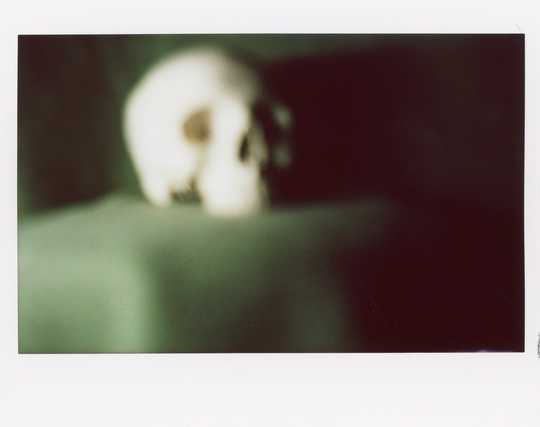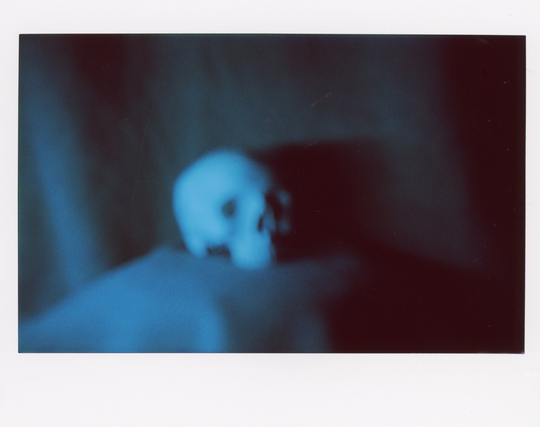Moirai
In ancient Greek religion & mythology, the Moirai (a.k.a. in English as the Fates) were the personification of destiny.
There were 3 sisters named: Clotho, who was the spinner; Lachesis, who was the allotter; & Atropos, who was the inevitable, a symbol for death. Their Roman equals are the Parcae.
The Moirai’s role was to make sure that every being, mortal & divine, lived out their destinies. For mortals, this destiny went their entire lives & is pictured as a thread spun from a spindle. A spindle is the thing that Sleeping Beauty touched to become Sleeping Beauty.
Usually, they were considered to be above even the gods, in their role as enforcers of Fate. Zeus was even scared of them. Even though, in some stories, Zeus is able to command them. But these are rare.
The word Moirai (also spelt Moirae or Moerae) comes from Ancient Greek. This means “lots, destinies, apportioners.” It also means a portion, or lot of the whole.
In Dante’s Divine Comedy, the Fates are mentioned in both Inferno & Purgatorio by their Greek names. In Shakespeare’s Macbeth, the Weird Sisters (or 3 Witches) are prophetesses, who are deeply rooted in both the real & supernatural worlds.
The Moirai are:
- Clotho, the spinner. She spun the thread of life from her distaff onto her spindle. Her Roman equal was Nona (“the 9th”), who was originally called upon in the 9th month of pregnancy.
- Lachesis, the allotter or drawer of lots. She measured the thread of life allotted to each person with her measuring rod. Her Roman equal was Decima (“the 10th”).
- Atropos, “inexorable,” or inevitable,” literally “unturning.” She was the cutter of the thread of life. She chose the manner of each person’s death. When their time has come, she would cut their life-thread with her shears. Think about the end of Disney’s Hercules, when our main man, Herc, went to save Meg from Hades’ domain. Herc’s life-thread turned gold when he saved. Her Roman equal was Morta (“the dead one”).
In the Republic of Plato, the 3 Moirai sing together with the music of the Seirenes. Lachesis sings the things that were, Clotho the things that are, & Atropos the things that are to be. Pindar, in his Hymn to the Fates, holds them in high honor. He calls them to send their sisters, the Hours (Eunomia, “lawfulness”; Dike, “right”; & Eirene, “peace”), to stop the internal civil strife.
In the Theogony, Hesiod describes the Moirai as daughters of the primeval goddess Nyx (“night”), & the sisters of the Keres (“the black fates”), Thanatos (“death”), & Nemesis (“retribution”). Later in the poem, Hesiod instead calls them daughters of Zeus & the Titaness Themis (“the Institutor”), who was the embodiment of divine order & law. This places them as sisters of the Hours.
In the cosmogony of Alcman (7th century BC), first came Thetis (“disposer, creation”) & then simultaneously Poros (“path”) & Tekmor (“end post, ordinance”). Poros is related to the end of all things.
Later, in the Orphic cosmogony, first came Thesis, whose ineffable nature is unexpected. Ananke (“necessity”) is the primeval goddess of inevitability who is entwined with the time-god Chronos, at the very beginning of time. They represented the cosmic forces of Fate & Time. They were sometimes called to control the fates of the gods. The 3 Moirai are daughters of Ananke.
In the Theogony of Hesiod, the 3 Moirai are personified as the daughters of Nyx & are acting the gods. Later they were daughters of Zeus & Themis, who was the embodiment of divine order & law. In Pluto’s Republic, the 3 Fates are daughters of Ananke (necessity).
The Moirai were supposed to appear 3 nights after a kid’s birth to determine the course of its life. At Sparta, the Temple to the Moirai stood near the communal hearth of the polis. Polis means “city” in Ancient Greek.
As the goddesses of birth who even prophesied the fate of the newly born, Elieithyia, the ancient Minoan goddess of childbirth & divine midwifery, was their companion.
The Erinyes, a group of chthonic goddesses of vengeance, served as tools of the Moirai. Chthonic means concerning, belonging to, or inhabiting the underworld. They inflicted punishment for evil deeds, particularly upon those who sought to avoid their rightful destiny. The Morai were confused with the Erinyes, as well as the death-goddesses, the Keres.
In earlier times, they were pictured as only a few, or perhaps only 1, individual goddess Homer’s Illiad speaks generally of the Moira, who spins the thread of life for men at their birth. She’s Moria Krataia, “powerful Moira,” or there are several Moirai.
In the Odyssey, there’s a reference to the Klothes, or spinners. At Delphi, only the Fates of Birth & Death were revered. In Athens, Aphrodite was called Aphrodite Urania, the “eldest of the Fates.”
In the older myths, they’re daughters of primeval beings like Nyx (“night”) in Theogony, or Ananke in Orphic cosmogony.
The Moirai could be placated as goddesses. Brides in Athens offered them locks of hair, & women swore by them. They may have originated as a birth goddesses & only later their reputation as the agents of destiny. The Moirai were also credited to be the inventors of 7 Greek letters – A, B, H, I, T, & Y.
The Fates had at least 3 known temples: Ancient Corinth, Sparta, & Thebes. The temple in Sparta was situated next to the grave/tomb of Orestes.
One-Time Monthly YearlyMake a one-time donation
Make a monthly donation
Make a yearly donation
Choose an amount
$1.00 $5.00 $10.00 $1.00 $5.00 $10.00 $5.00 $10.00 $15.00Or enter a custom amount
$Your contribution is appreciated.
Your contribution is appreciated.
Your contribution is appreciated.
DonateDonate monthlyDonate yearly
#7thCenturyBC #Alcman #Allotter #Ananke #AncientGreek #Aphrodite #AphroditeUrania #Athens #Atropos #Chronos #Chtonic #Clotho #Corinth #Dante #DanteSInferno #Death #Decima #Delphi #Destiny #Dike #Disney #DivineComedy #Eirene #Elieithyia #Eunomia #Fate #Fates #Grave #Greek #GreekMythology #Hesiod #Homer #HymnOfTheFates #Illiad #Institutor #Klothes #Lachesis #Macbeth #Midwifery #Moerae #MoiraKrataia #Moirai #Morta #Nemesis #Night #Nona #Nyx #Odyssey #Orestes #Orphic #Parcae #Pindar #Plato #Polis #Poros #Pregnancy #Prophetesses #Purgatorio #Republic #Roman #Seirenes #Shakespeare #Shears #SleepingBeauty #Sparta #Spindle #Spinner #Spinners #Tekmor #Thanatos #TheErinyes #TheHours #TheKeres #TheMoira #TheMoirae #Thebes #Themis #Theogony #Thesis #ThreeWitches #Time #Titaness #tomb #WeirdSisters #Zeus




